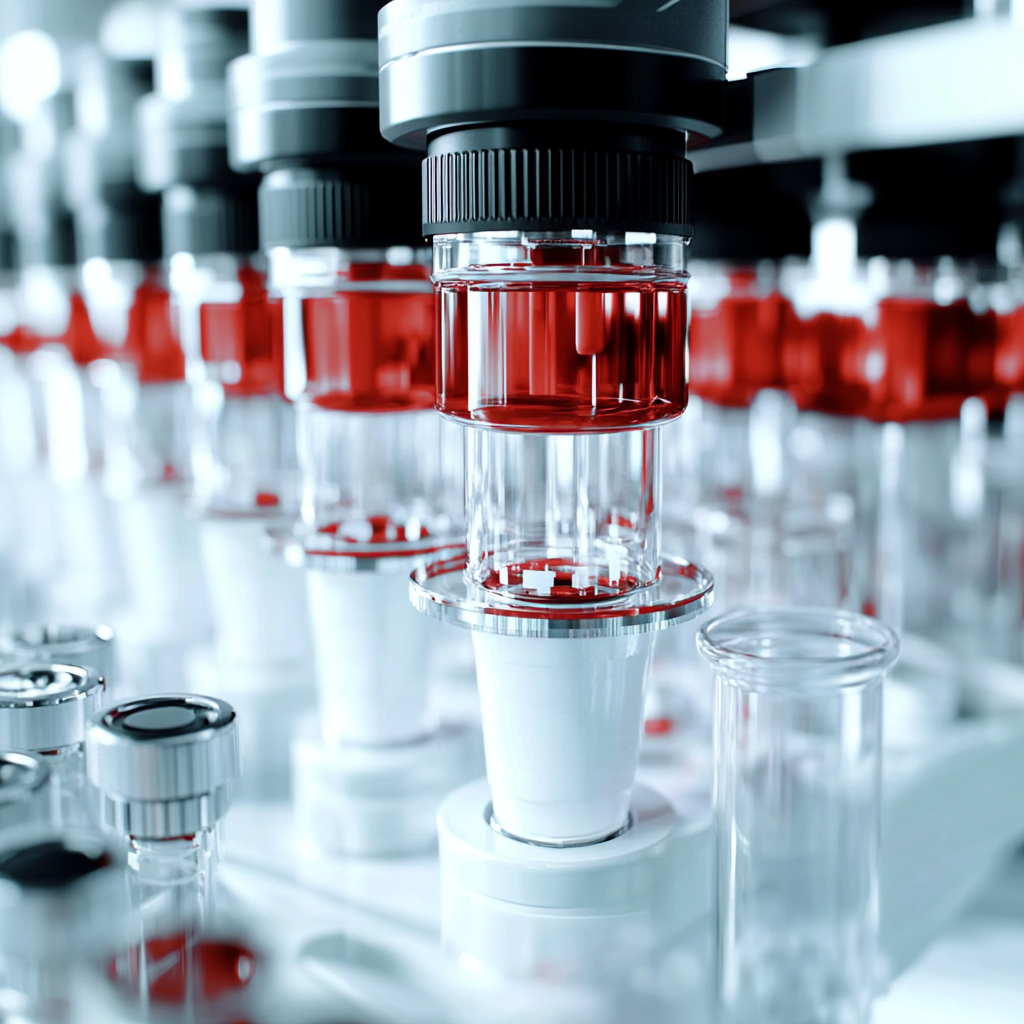Cancer. 2025 Jun 1;131(11):e35918. doi: 10.1002/cncr.35918.
ABSTRACT
BACKGROUND: Maintenance treatment with vinorelbine and oral cyclophosphamide (oral-CPM) improves outcome of nonmetastatic high-risk (HR) and very-high risk (VHR) rhabdomyosarcoma (RMS) patients. However, gonadal toxicity of maintenance was not yet investigated.
METHODS: The authors focused their analysis on male gonadal toxicity in HR/VHR groups of RMS2005 trial, in France. In the HR group, patients were randomized to receive or not receive 6 months of maintenance (after nine or four IVADo] + five IVA). In the VHR group, patients received 6 months of maintenance (after four IVADo + five IVA). Exocrine gonadal dysfunction (EGD) was defined as followed: follicle-stimulating hormone level >10 IU/L and/or inhibin-B <80 pg/mL and/or oligoasthenozoospermia/azoospermia.
RESULTS: Among 86 eligible 5-year RMS survivors ≥12 years old, 49 had available gonadal evaluation (median age at diagnosis = 6.4 years, median age at evaluation = 18.7 years, 41 HR/8 VHR). Twenty-six (53%) received oral-CPM (median cumulative dose = 4.2 g/m2, range = 0.7-9.0). EGD was reported in 18 of 49 (37%). Exposure to oral-CPM (odds ratio [OR], 5.45; 95% confidence interval [CI], 1.30-22.92, p = .021) and older age at diagnosis (compared to 0-5 years, OR5-10 years, 9.61; 95% CI, 1.49-62.15 and OR>10 years, 14.10; 95% CI, 1.89-105.33, p = .025) were significantly associated with EGD. Higher cumulative dose of oral-CPM (>4.5 g/m2) tended to be more toxic (compared to nonexposure, OR≤4.5 g/m2, 2.95; 95% CI, 0.78-11.09 and OR>4.5 g/m2, 7.20; 95% CI, 1.01-51.39, p = .094).
CONCLUSIONS: Oral-CPM induces additional gonadal damage to the ifosfamide-based induction regimen. Fertility preservation could be considered in patients exposed to maintenance, especially those >5 years old and exposed to ≥12 months of oral-CPM.
PMID:40433871 | DOI:10.1002/cncr.35918
